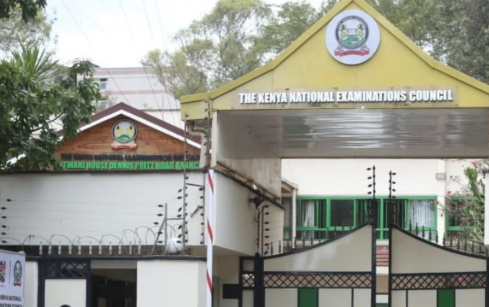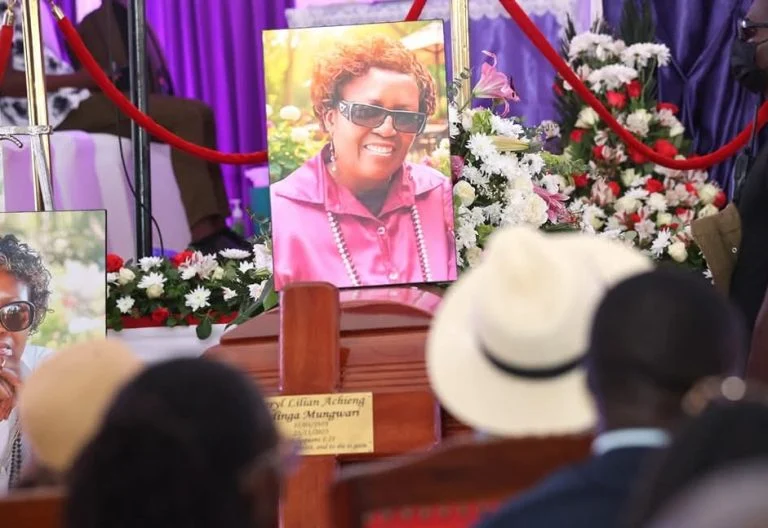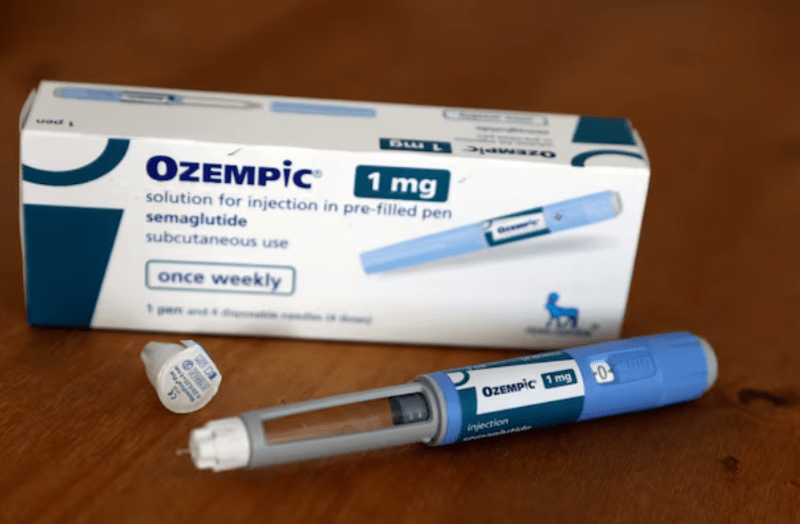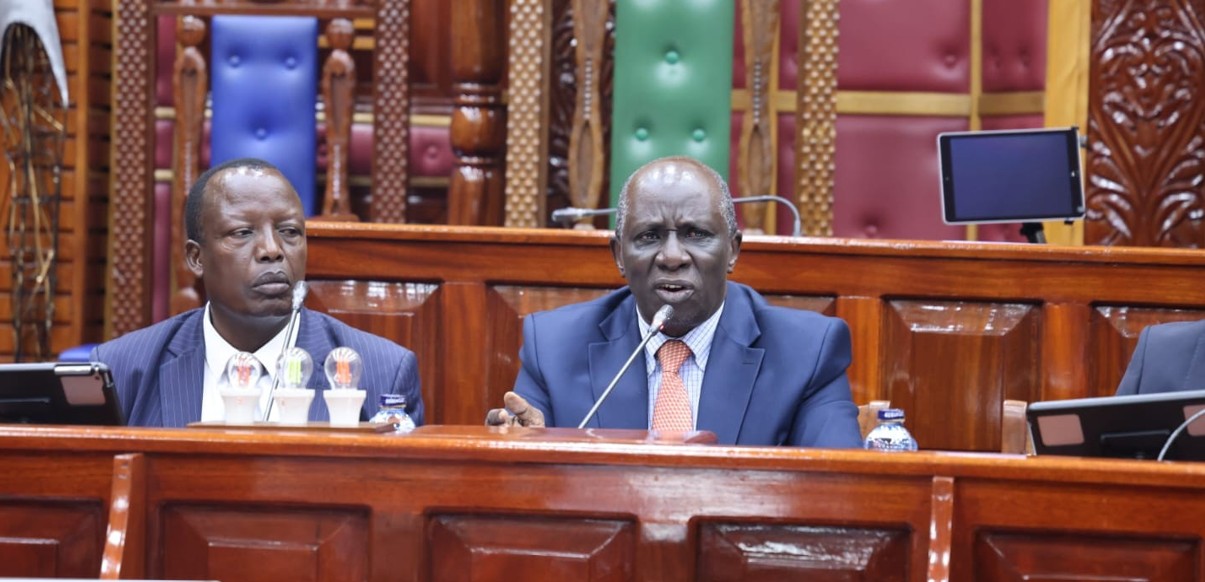Nairobi's two new air monitoring sites to help combat city's worsening pollution
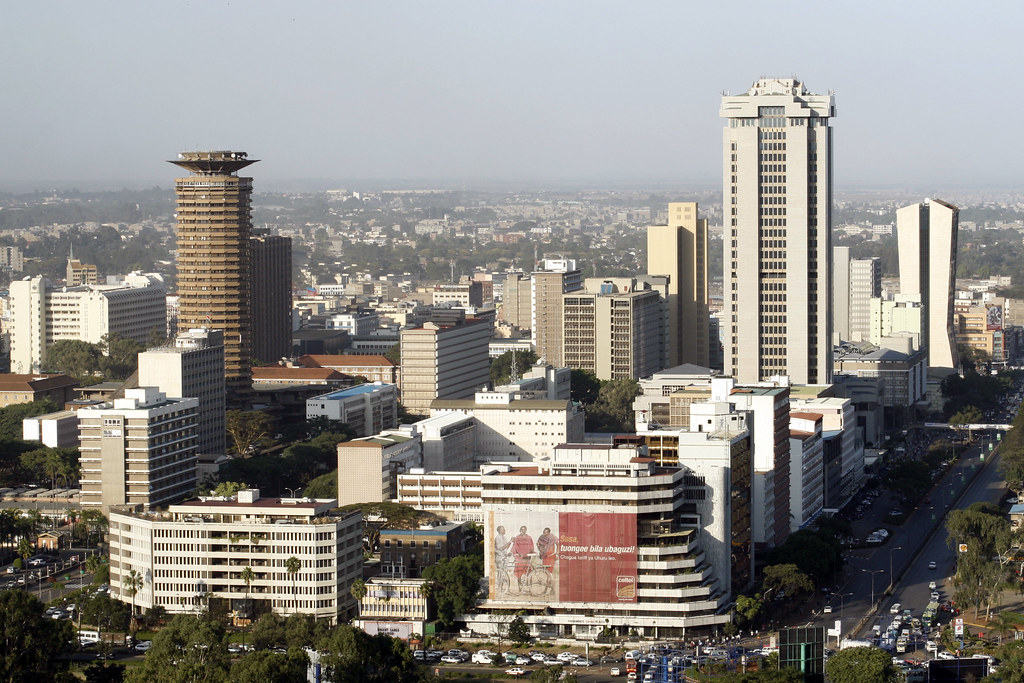
The sites aim to gather data on air quality, particularly pollutants caused by waste burning and public transportation.
In collaboration with stakeholders, the Ministry of Environment, Climate Change, and Forestry has established two air monitoring sites in Nairobi to address the city's worsening air pollution crisis.
The sites at Mama Lucy Kibaki Hospital and the Nairobi Fire Station on Tom Mboya Street aim to gather data on air quality, particularly pollutants caused by waste burning and public transportation.
The equipment will analyse air particles to identify sources like vehicle exhaust and industrial chemicals, aiming to inform policies to reduce pollution.
Health professionals have raised concerns over a sharp rise in respiratory illnesses such as asthma, bronchitis, and tuberculosis, which they attribute to the city’s poor air quality.
Environment Principal Secretary Festus Ng’eno expressed alarm over the health impacts of air pollution in Nairobi.
“We are witnessing severe health impacts of air pollution. In Nairobi, the situation is particularly alarming. Strokes, asthma, and bronchitis have become more common in recent times. This is a critical time for our nation," Ng’eno said.
Respiratory conditions
Mama Lucy Kibaki Hospital CEO, Martin Wafula, reported that more than half of the patients seen daily are affected by respiratory conditions.
“We see 3,000 patients daily, 60 per cent of these cases are due to upper and lower respiratory issues. TB and bronchitis are on the rise. We also have cases of premature births, and it is worrying,” Wafula said.
The Nairobi Fire Station site will monitor air quality in the city’s CBD, where vehicular emissions contribute to 40 per cent of pollution.
NEMA Director-General, Mamo Boru, stressed the importance of stricter vehicle emissions testing, pointing out that vehicular exhaust is a significant contributor to pollution.
“NEMA is setting up vehicle pollution testing and adhering to it strictly. Vehicular exhaust is the main source of pollution particles in the air. Most vehicles are second-hand. There seems to be a correlation between air pollution and the severity of asthma attacks and other respiratory diseases,” he said.
Prof. Leonida Kerubo from the University of Nairobi said the data collected from the monitoring stations will guide policymakers in creating strategies to combat pollution and improve public health.
“This information will inform critical policies to reduce pollution,” Kerubo said.
The project, spearheaded by the Nairobi County government, the United States Agency for International Development (USAID), and the World Resources Institute (WRI), seeks to help the county better understand pollution patterns, as health practitioners report a surge in respiratory diseases linked to the city’s poor air quality.
The experts warn that Nairobi is "choking" under high pollution levels, with clean air quality in the city currently at 15 per cent, far exceeding the World Health Organisation's recommended five per cent.
Top Stories Today







